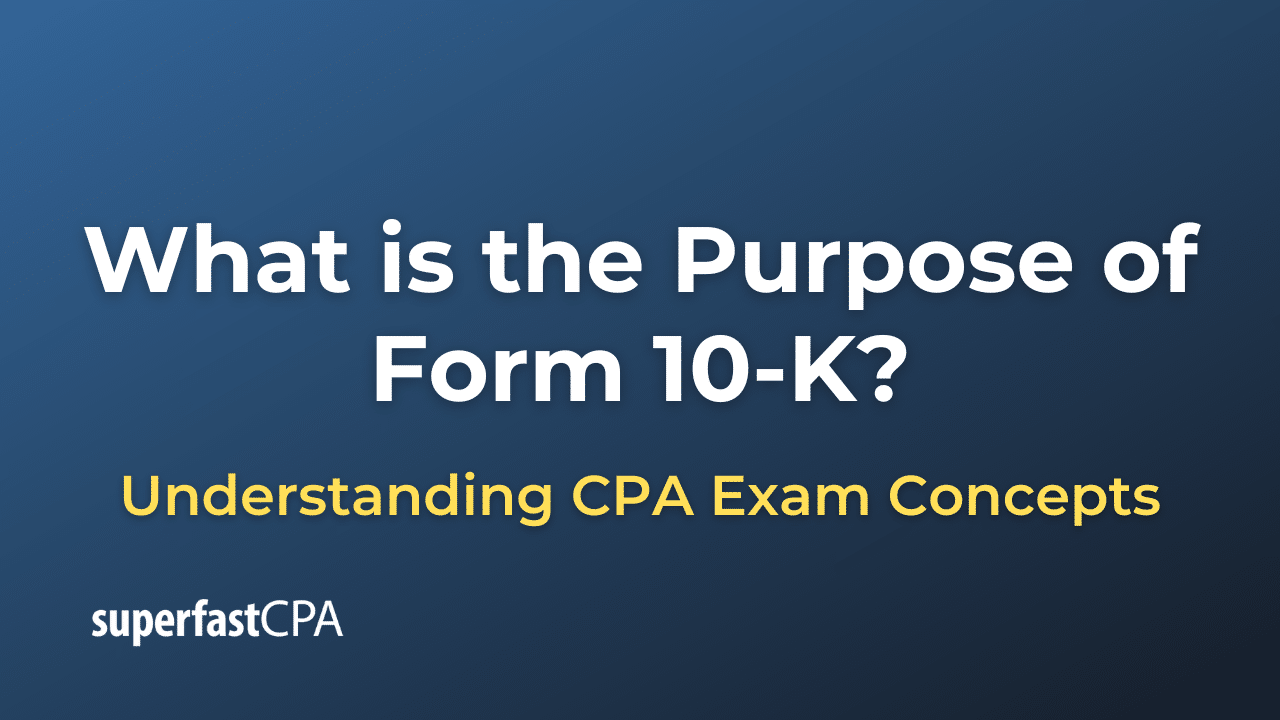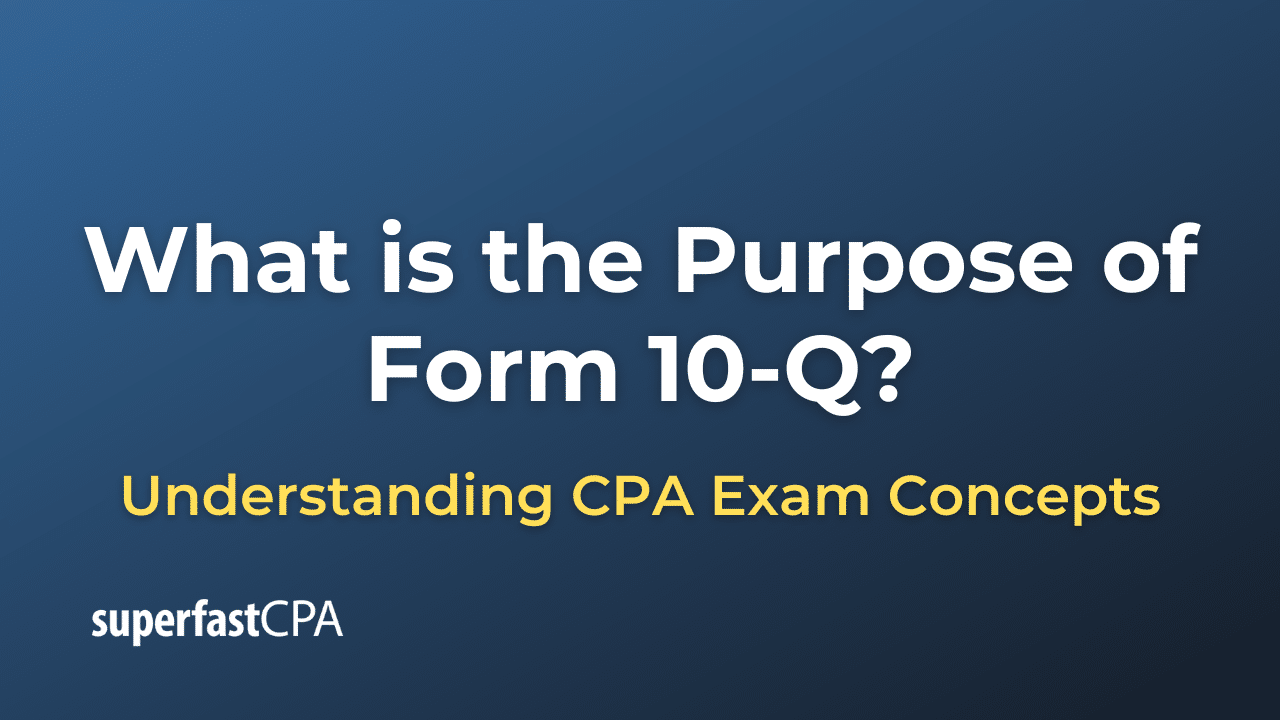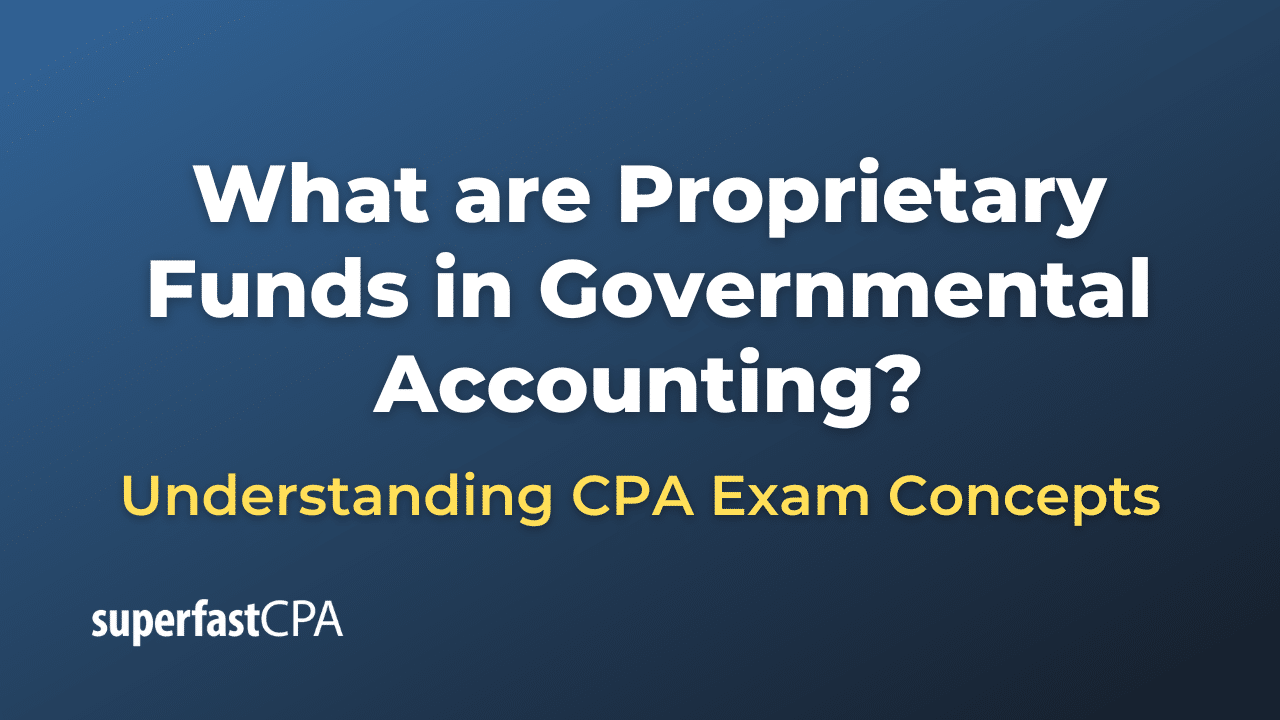Key Performance Indicator
A Key Performance Indicator (KPI) is a measurable value that demonstrates how effectively a company is achieving key business objectives. KPIs are used at various levels within an organization to evaluate the success at reaching targets.
High-level KPIs may focus on the overall performance of the business, while low-level KPIs may focus on processes in departments such as sales, marketing, HR, support and others. The nature of KPIs often depends on the nature of the organization and the organizational goals. They’re essentially a set of measures focusing on those aspects of organizational performance that are the most critical for the current and future success of the organization.
Examples of KPIs might include:
- Sales Revenue: This is a key metric for most businesses and directly indicates the total revenue generated through sales of a product or service.
- Net Profit Margin: This KPI measures a company’s profitability and fiscal health. It’s calculated by subtracting total expenses from total revenues and dividing the result by total revenues.
- Customer Acquisition Cost (CAC): Particularly important for businesses that rely heavily on advertising and promotional efforts, this KPI measures the cost to acquire a new customer.
- Customer Churn Rate: This KPI measures the rate at which customers stop doing business with an entity and can be crucial for subscription-based businesses.
- Employee Turnover Rate: For businesses that rely heavily on human capital, this KPI can be a measure of the health of the organization or a particular team.
- Net Promoter Score (NPS): This KPI measures customer loyalty and satisfaction by asking customers how likely they are to recommend the business to others.
Remember, KPIs vary greatly among industries and businesses, depending on their unique business goals and objectives. The key is to define KPIs that offer genuine insights into performance and can guide decision-making.
Example of a Key Performance Indicator
Let’s consider a fictional online retail company, “WebShop Co.” to demonstrate how they might use Key Performance Indicators (KPIs):
- Sales Revenue: WebShop Co. wants to keep track of their monthly sales revenue to evaluate how well they are selling their products. For example, if they aim for $500,000 in sales per month, then that’s the target they will measure their actual sales revenue against.
- Net Profit Margin: If their total revenue for a given month is $500,000 and their total costs (including cost of goods sold, marketing expenses, operational costs etc.) are $400,000, their net profit margin would be ($500,000 – $400,000) / $500,000 = 20%. This is a crucial KPI as it shows their profitability.
- Customer Acquisition Cost (CAC): If WebShop Co. spends $5,000 on marketing in a month and acquires 100 new customers as a result, their CAC is $5,000 / 100 = $50. This means they spend $50 to acquire each new customer.
- Customer Churn Rate: If they start the month with 1,000 active customers and 50 of them cancel their orders during the month, their churn rate is 50 / 1,000 = 5%. This KPI helps the company understand how many customers they’re losing over a given period.
- Employee turnover Rate: If WebShop Co. starts the year with 100 employees and 10 of them leave the company in that year, their annual employee turnover rate would be 10 / 100 = 10%.
- Net Promoter Score (NPS): WebShop Co. regularly surveys their customers asking them on a scale of 0 to 10 how likely they are to recommend WebShop Co. to their friends or colleagues. The results of these surveys are used to calculate their NPS, a measure of customer satisfaction and loyalty.
By regularly monitoring these KPIs, WebShop Co. can gain insights into their performance, make informed decisions, and set strategies to improve their business. It’s important to note that these are just some examples and the KPIs a company chooses to track can vary greatly based on their specific goals and industry.














